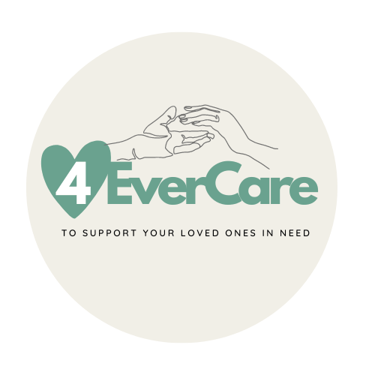Living with Bipolar Disorder: What You Need to Know
Forest
8/2/20251 min read


Living with Bipolar Disorder: What You Need to Know
Bipolar disorder is a chronic mental health condition characterized by intense shifts in mood, energy, and activity levels. These mood episodes range from emotional highs—known as mania or hypomania—to deep lows of depression. While everyone experiences mood changes from time to time, individuals with bipolar disorder face extreme variations that can disrupt daily life, work, and relationships.
There are different types of bipolar disorder. Bipolar I Disorder involves manic episodes that may last at least a week and can be severe enough to require hospitalization. Bipolar II Disorder is defined by a pattern of depressive episodes and hypomanic episodes, which are less intense than full mania. Cyclothymic Disorder includes chronic fluctuations in mood that don’t meet the full criteria for depression or mania but persist over time.
Common symptoms include:
Manic episodes: elevated mood, increased energy, decreased need for sleep, impulsive decision-making.
Depressive episodes: persistent sadness, fatigue, hopelessness, and loss of interest in activities.
Bipolar disorder is believed to result from a combination of genetic, neurological, and environmental factors. It often emerges in late adolescence or early adulthood, and early recognition is key to effective management.
Treatment typically includes:
Medication such as mood stabilizers or antipsychotics.
Psychotherapy to develop coping strategies and support long-term mental wellness.
Lifestyle changes like regular sleep, exercise, and stress management.
While bipolar disorder requires ongoing care, many individuals live full and successful lives with the right treatment and support. Increasing awareness, reducing stigma, and encouraging open conversation are vital steps toward helping those affected.
